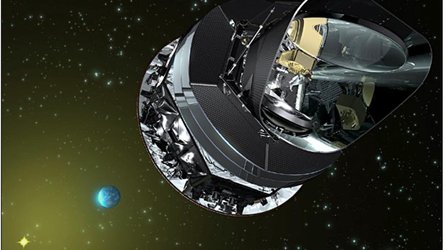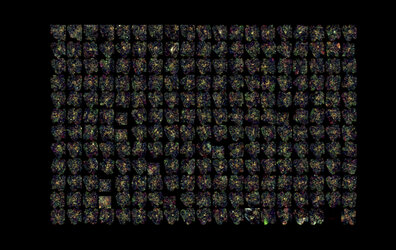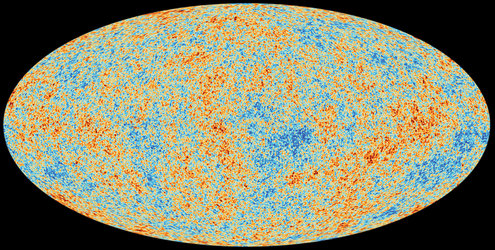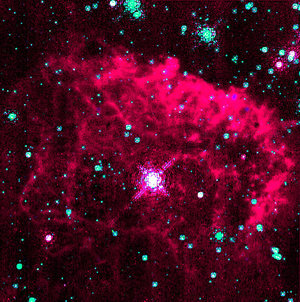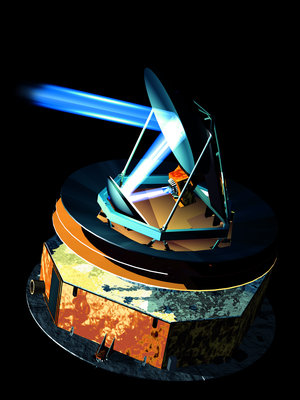Planck science highlights
The Cosmic Microwave Background (CMB) preserves a picture of the Universe as it was about 380 000 years after the Big Bang, and can reveal the initial conditions for the evolution of the Universe. Planck’s main objective was to measure the fluctuations of the CMB with an accuracy set by fundamental astrophysical limits in order to chart the most accurate CMB maps yet.
With instrument detectors so sensitive that they could distinguish temperature variations of a few millionths of a degree, the large and smooth surface of its telescope and its unprecedented wavelength coverage, Planck was the most sophisticated 'time machine' ever launched.
Planck was launched in 2009 and spent 4.5 years scanning the sky to study the evolution of cosmic matter over time.
Key discoveries

- The most precise view of our Universe: cosmologists working on the Planck data delivered the most precise image of the cosmic microwave background – CMB, the relic radiation from the Big Bang that was imprinted on the sky when the Universe was only 380 000 years old.
- A new cosmic recipe: Planck redefined the relative proportions of the Universe’s constituent ingredients. Normal matter that makes up stars and galaxies contributes just 4.9% of the mass/energy density of the Universe. Dark matter was found to make up 26.8%, more than previous estimates. Conversely, dark energy, a mysterious force thought to be responsible for accelerating the expansion of the Universe, accounts for 68.3%, less than previously thought.
- A new age: Planck data provided a new value for the age of the Universe, 13.8 billion years.
- Clues to the evolution of cosmic matter: astronomers used Planck data to extract a map of gravitational lensing, the bending of light by massive objects like galaxy clusters, providing a new way to probe the evolution of structure in the Universe over time.















 Germany
Germany
 Austria
Austria
 Belgium
Belgium
 Denmark
Denmark
 Spain
Spain
 Estonia
Estonia
 Finland
Finland
 France
France
 Greece
Greece
 Hungary
Hungary
 Ireland
Ireland
 Italy
Italy
 Luxembourg
Luxembourg
 Norway
Norway
 The Netherlands
The Netherlands
 Poland
Poland
 Portugal
Portugal
 Czechia
Czechia
 Romania
Romania
 United Kingdom
United Kingdom
 Slovenia
Slovenia
 Sweden
Sweden
 Switzerland
Switzerland



























